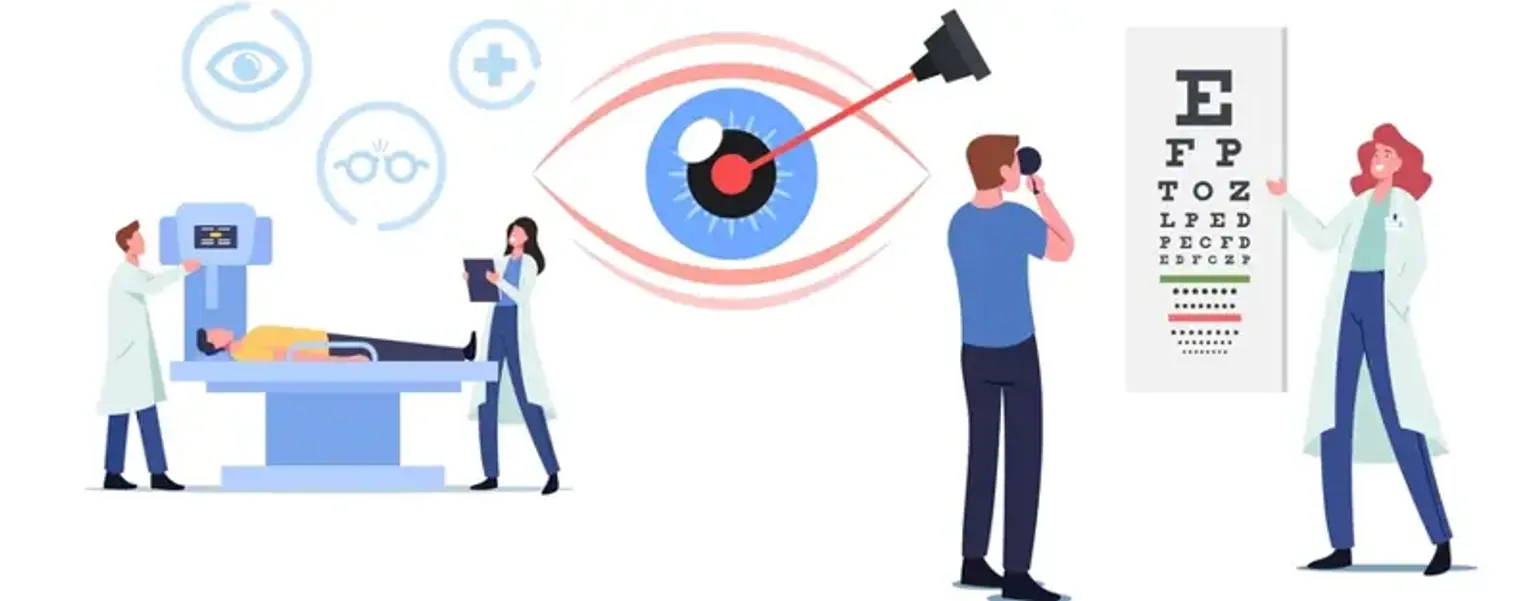Laser subepithelial keratomileusis (LASEK)
Overview
Nowadays, excimer laser surgery is one of the most popular ophthalmic procedures. Thousands of patients are operated on each year in the United States to correct various refractive errors. Laser Epithelial Keratomileusis, or LASEK, is a vision correction procedure very similar to LASIK.
